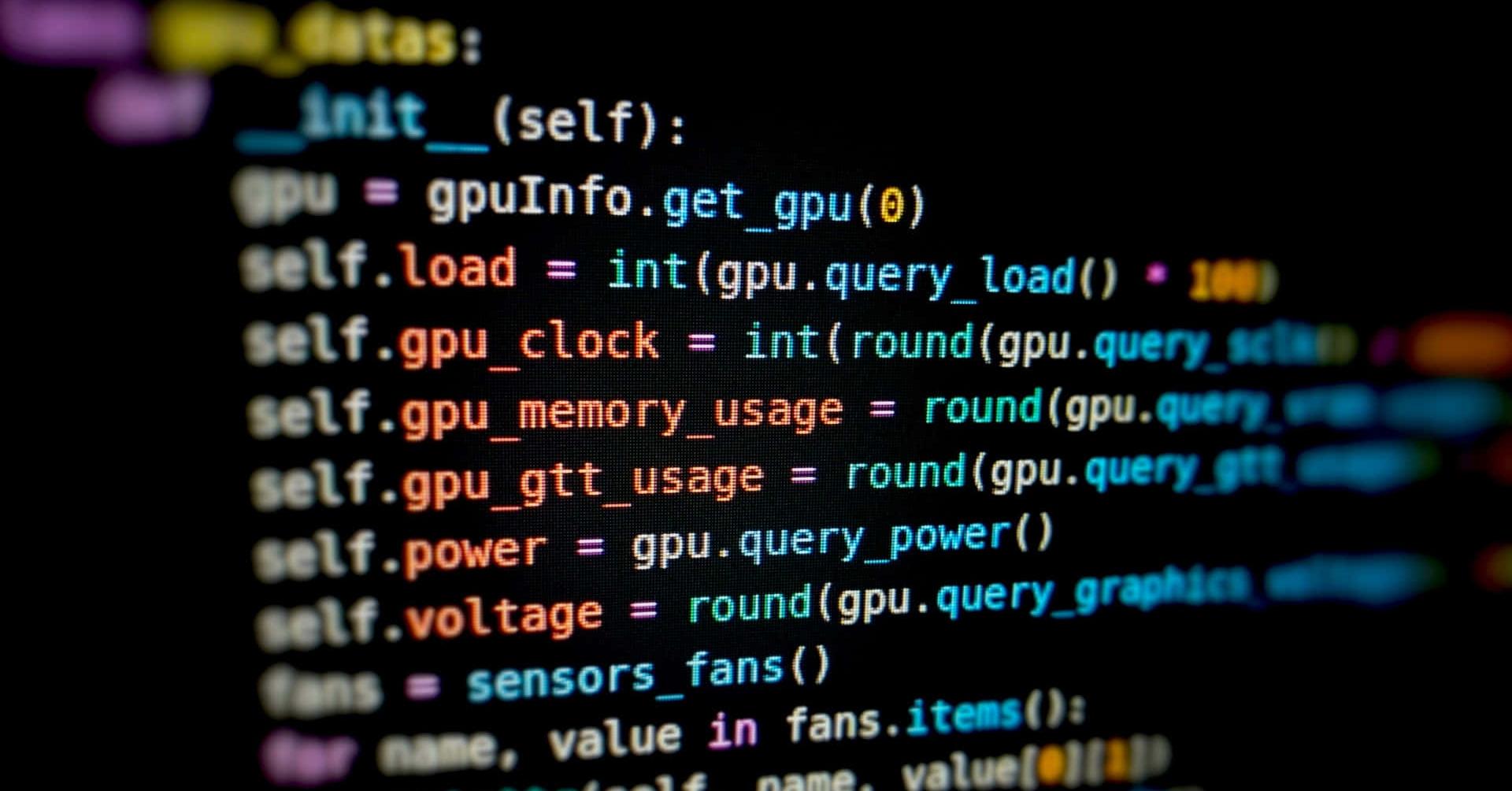Are you curious to know what is flag in c? You have come to the right place as I am going to tell you everything about flag in c in a very simple explanation. Without further discussion let’s begin to know what is flag in c?
In the realm of C programming, a “flag” is a fundamental concept that plays a pivotal role in controlling program flow and decision-making. Flags are variables used to signal or store the state of certain conditions, making them essential for implementing conditional statements and loops. In this blog, we will explore what flags are in C programming, how they work, and their significance in writing efficient and organized code.
What Is Flag In C?
In C programming, a flag is a variable, typically of type int or bool, which is used to represent a specific condition or state. Flags are employed to control the flow of a program, allowing it to make decisions based on whether a particular condition is true or false.
Key Characteristics Of Flags:
- Boolean Nature: Flags are often Boolean in nature, meaning they can have one of two values: true or false (1 or 0 in the case of integers). These values represent the state of a condition or event.
- Conditional Statements: Flags are commonly used in conditional statements, such as if, else if, and else, to determine which block of code should be executed based on the value of the flag.
- Loops: Flags can also be used in loops, like while and for, to control the repetition of a particular task based on the flag’s state.
- Initialization: Flags are typically initialized to a default value before they are used. This value can be true or false, depending on the specific requirement of the program.
How Flags Work In C?
Flags in C work by controlling the execution flow of a program based on the value they hold. Here’s a simple example to illustrate their functionality:
int main() {
int flag = 1; // Initialize the flag to true (1)
if (flag) {
printf(“The flag is true, so this code block is executed.\n”);
} else {
printf(“The flag is false, so this code block is not executed.\n”);
}
return 0;
}
In this example, the value of the flag variable is initially set to true (1). As a result, the if statement evaluates to true, and the code block within it is executed.
The Significance Of Flags In C Programming
- Control Flow: Flags allow you to control the flow of your program, enabling conditional execution of code blocks.
- Decision-Making: Flags are instrumental in decision-making processes, where you need to choose one course of action over another based on certain conditions.
- Loop Control: Flags are commonly used to control loops, determining whether the loop should continue or terminate.
- Program Organization: Flags help improve the organization of your code, making it more readable and modular by clearly indicating the conditions under which certain actions are taken.
You can collect more information on Getdailytech.
Conclusion
Flags are fundamental tools in C programming that facilitate decision-making, control program flow, and enhance the structure and readability of your code. By using flags effectively, you can write more efficient and organized programs that respond dynamically to changing conditions and requirements. Whether you’re implementing conditional statements or controlling loops, flags are a valuable resource in your programming toolkit.
FAQ
What Is Flag 1 And Flag 0 In C?
It is simply to identify or say that statement as true or false. It’s application is generally seen in c programming when we solve the problems regarding loops or conditions. If I say flag=0 it means false and if flag=1 then it’s true of the statement.
Why Should We Use Flag In C?
In C programming,In C programming, a flag variable is typically used to control the flow of a program or to indicate the occurrence of a certain condition. A flag variable is a boolean variable that can have one of two values: true or false. Flag is a variable that is supposed to signalize.
What Is The Use Of Flag?
National flags are patriotic symbols with widely varied interpretations that often include strong military associations because of their original and ongoing use for that purpose. Flags are also used in messaging, advertising, or for decorative purposes. Some military units are called “flags” after their use of flags.
What Are Flags In Programming?
In programming, a “yes/no” indicator used to represent the current status of something. A flag is often only one bit of the byte and is created and controlled by the programmer in software. When only a single bit is used, eight flags, or status conditions, can be represented by one byte.
I Have Covered All The Following Queries And Topics In The Above Article
What Is Flag=0 In C
What Is Flag In C With Example
What Is Flag In C Programming
Flag=1 Means In C
What Is Flag In Computer
What Is Flag=0 In Python
Flag=1 Means In Java
Flag In Javascript W3schools
What Is Flag In C
What is flag in C with example










